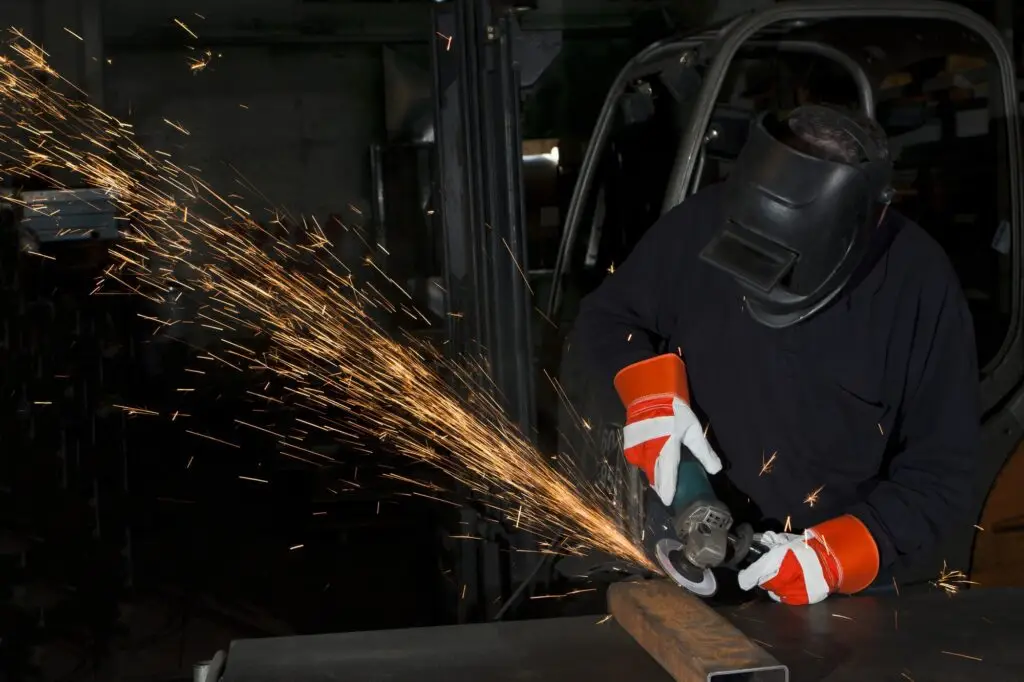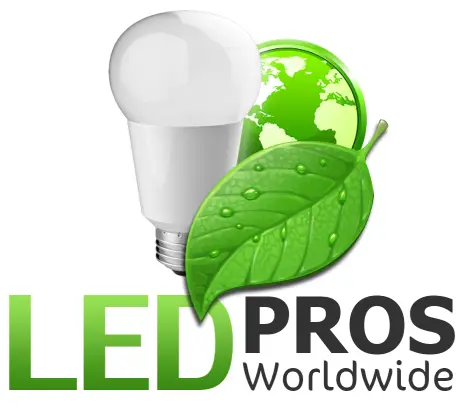When your team works in hazardous areas with flammable gases, vapors, liquids or combustible dust, safety has to be the top priority. In these potentially explosive environments, using the wrong lighting could be catastrophic. That’s where explosion proof LED lighting comes in – specially designed fixtures that help mitigate the risks of fires and explosions. In this article, we’ll dive into what makes a location hazardous, how explosion proof light fixtures work, and key considerations for selecting the right LED explosion proof lighting for your needs.
Understanding Hazardous Locations
A hazardous location is any area where flammable or explosive materials may be present in the atmosphere in sufficient quantities to produce an explosion or fire. These materials could include gases, vapors, mists, dusts, and fibers. Some common examples of hazardous locations include:
– Oil refineries and offshore oil platforms
– Chemical processing plants
– Paint and coating facilities
– Grain mills and food processing plants
– Mines and underground tunnels
– Aircraft hangars and fuel servicing areas
The presence of hazardous materials is just one factor though. The location also needs to have a source of ignition, like a spark or hot surface, and sufficient oxygen to support combustion. Removing any one of these three elements – fuel, ignition source, or oxygen – prevents an explosion. That’s the core principle behind explosion proof lighting.
How Explosion Proof Light Fixtures Work
Explosion proof light fixtures are designed to contain any internal explosions and prevent the ignition of hazardous external atmospheres. They work by:
1. Enclosing the light source and all spark-producing parts in a rugged housing, typically made of heavy-gauge aluminum or stainless steel. This prevents any sparks or hot surfaces from coming into contact with the surrounding atmosphere.
2. Using impact-resistant tempered glass or acrylic lenses to allow light transmission while maintaining the integrity of the enclosure.
3. Incorporating flame paths – precisely machined gaps between the housing and any access covers. These gaps are small enough to cool any flames or gases escaping the enclosure below the ignition temperature of the surrounding atmosphere.
4. Utilizing durable gasketing materials to seal any joints and maintain the fixture’s structural strength.
In addition to the explosion proof construction, many modern fixtures also use LED light sources. LEDs run much cooler than traditional bulbs, further reducing ignition risks. They are also more energy-efficient, longer-lasting, and can withstand vibration and impacts – key benefits in industrial environments.
Choosing the Right Explosion Proof Lighting
With many different options available, selecting the right explosion proof lighting for your application can seem daunting. Here are some key factors to consider:
Hazardous Location Classification
Hazardous locations are classified based on the properties of the flammable materials present and the likelihood that those materials will produce an ignitable concentration. In the United States and Internationally, the two main classification systems are the National Electric Code (NEC) system and the International Electrotechnical Commission (IEC) system. Make sure to select fixtures rated for your specific hazardous location classification.
Lumens and Color Temperature
Consider the amount of light output (measured in lumens) needed for your space and tasks, as well as the desired color temperature. Cool-white LEDs (5000K+) tend to maximize lumen output and are a good fit for detailed tasks, while warmer color temperatures may be preferred for general area lighting.
Fixture Type and Mounting
Explosion proof fixtures come in many form factors including flood lights, high bay lights, strip lights, and even portable work lights. Consider your mounting constraints and desired light distribution when selecting a fixture type.
Reliability and Efficiency
Look for fixtures with high-quality LEDs, drivers, and housings to ensure reliable long-term operation. Well-built LED fixtures can provide 50,000+ hours of maintenance-free illumination. Also consider the lumens per watt to gauge efficiency – more lumens per watt equals lower operating costs.
 |
Frequently Asked Questions
Q: Can I use a regular LED light in a hazardous location?
A: No, regular LED lights are not designed to prevent the ignition of flammable atmospheres. Only use properly rated explosion proof LED fixtures in hazardous locations. read more about Identifying Explosion Proof Lighting for Ultimate Safety here.
Q: Do explosion proof lights need to be certified?
A: Yes, explosion proof fixtures should be certified by a Nationally Recognized Testing Laboratory (NRTL) like UL or ETL to ensure they meet relevant safety standards.
Q: How do I maintain explosion proof lights?
A: Explosion proof lights require periodic cleaning and inspection to ensure the integrity of the housing, lens, and gaskets. Always de-energize the fixture before maintenance and follow the manufacturer’s guidelines.
Understanding Hazardous Location Classifications
When it comes to safely illuminating hazardous locations, understanding the classification system is crucial. In North America, hazardous locations are classified using a combination of Classes, Divisions, and Groups. These designations provide a shorthand way to describe the types of hazardous materials present and the probability of those materials creating an ignitable atmosphere. Let’s break down what each letter means.
Classes: The Types of Hazardous Materials
The first number in a hazardous location classification denotes the general category of hazardous material:
– Class 1: Flammable gases, vapors, or liquids
– Class 2: Combustible dusts
– Class 3: Ignitable fibers or flyings
So, a Class 1 location might be a petroleum refinery with the potential for flammable gas leaks, while a Class 2 location could be a grain mill with combustible dust.
Divisions: The Probability of Hazardous Conditions
The second part of the classification, either Division 1 or Division 2, specifies how likely it is for those hazardous materials to be present in ignitable concentrations:
– Division 1: Ignitable concentrations of flammable gases, vapors, liquids, dusts, or fibers are present continuously, intermittently, or periodically under normal operating conditions.
– Division 2: Ignitable concentrations of hazardous materials are only present abnormally, such as during a container failure or system breakdown.
As an example, a Class 1, Division 1 location would have flammable gases or vapors present during normal operation, while in a Class 1, Division 2 area, those gases would only be present during accidental ruptures or leaks.
Groups: The Explosive Properties of Materials
Finally, hazardous materials are further subdivided into Groups based on their explosive properties. For gases and vapors (Class 1), these groups are:
– Group A: Acetylene
– Group B: Hydrogen, and materials similarly explosive
– Group C: Ethylene, and materials similarly explosive
– Group D: Propane, and materials similarly explosive
Combustible dusts (Class 2) have their own group designations:
– Group E: Metal dusts, like aluminum and magnesium
– Group F: Carbon dusts, like coal and coke dust
– Group G: Flour, starch, grain, wood, plastic and chemical dusts
Putting it all together, a complete hazardous location classification might read “Class I, Division 1, Group D” – indicating a location where flammable gases or vapors in the explosive range of propane are present continuously or frequently under normal conditions.
When selecting explosion proof lighting, you’ll want to ensure the fixtures are rated for the specific Class, Division, and Group of your location. This ensures the fixture is appropriately designed and constructed to prevent explosions in that particular hazardous environment. Always work with qualified professionals to assess your hazardous locations and specify the correct equipment. With a solid understanding of the classification system, you’re well on your way to safer lighting solutions. Read more about Explosion Proof Light: Ensuring Safety in Hazardous Environments here.
Closing Thoughts
Illuminating hazardous locations demands special care and equipment to protect workers and facilities from the devastation of fires and explosions. Explosion proof LED lighting provides a rugged, long-lasting, energy-efficient solution – but only when you select the proper fixtures for your application. By understanding the principles of explosion proof design, hazardous location classification, and your own lighting needs, you can make an informed choice to optimize both safety and performance. Stay safe out there!
[gravityform id=”1″ title=”true” description=”true”]
